What it takes to capture action over the plate
Whenever I go somewhere or see something interesting, I like to try to capture the experience in photographs. I’ve done this all over the world at major events, famous landmarks, tourist attractions, and natural landscapes. Every experience poses its own unique challenges and baseball is no different. With limited access and equipment to work with though, there are only a few good opportunities for capturing on-field action. Luckily, one of them is where most of the action happens: home plate.
Here’s one of dozens of pictures I’ve taken at minor league games over the last two years showing the ball directly over the plate. For the most part, these are calibration shots for me, indicating that I’m set to capture the action when it happens. When you think about it, just about everything that happens at the plate will be during the time when the ball is (or should be) in the vicinity of the plate. Hits, swinging strikeouts, HBPs, etc. are all at their most interesting in this very narrow window. Just how narrow is it? As the numbers will show, it’s too small for brute force or random chance to result in success.
Home plate is 17 inches from front to back. As a target, it works quite well. It is large enough and easy to see even from a low angle and it tends to be stationary with respect to the seating area. The ball on the other hand is not quite so cooperative. Hurled from the pitcher’s mound 60.5 feet away (though the actual release point is at around 55 feet from the plate) at speeds up to 100mph, a baseball is not an ideal photographic subject. Now, miles per hour isn’t a particularly useful set of units in an environment where everything is within 500ft and the entire game is only about three hours long. Let’s take a look at what some typical speeds translate into for our purposes.
Pitch speed vs. time to travel set distances
| V(mph) | V(in/s) | 60.5ft | 55ft | 17in | 72in |
|---|---|---|---|---|---|
| 70 | 1232 | 589.3ms | 535.7ms | 13.8ms | 58.4ms |
| 80 | 1408 | 515.6ms | 468.8ms | 12.1ms | 51.1ms |
| 90 | 1584 | 458.3ms | 416.7ms | 10.7ms | 45.5ms |
| 100 | 1760 | 412.5ms | 375.0ms | 9.7ms | 40.9ms |
The fastest pitch I saw this year was 97mph and the slowest was in the low 70s, hence the 70-100mph range. However, those speeds are measured at the release point. By the time the ball reaches the plate, its speed has decreased by 5-10mph, depending on the initial velocity, release point, trajectory, spin, atmospheric conditions, phase of the moon, etc. Based on that, our plate speed should be a nominal 80mph with about +/-10mph in variation. That translates to a speed of 1400 inches per second and a time of only 12ms spent over the plate. To put that in perspective, slow twitch muscles twitch at a rate of about 15Hz. If you tap your finger twice as fast as you can, the time between taps will be two twitches or about 132ms – enough time for a baseball to cross the plate 11 times or to cross the entire batter’s box almost three times. Forget reaction time, that’s faster than you can press a shutter button.
Pitch speed vs. distance between frames at common frame rates
| V(mph) | V(in/s) | 3fps | 5fps | 14fps | 30fps | 60fps |
|---|---|---|---|---|---|---|
| 70 | 1232 | 410.7in | 246.4in | 88.0in | 41.1in | 20.5in |
| 80 | 1408 | 469.3in | 281.6in | 100.6in | 46.9in | 23.5in |
| 90 | 1584 | 528.0in | 316.8in | 113.1in | 52.8in | 26.4in |
| 100 | 1760 | 586.7in | 352.0in | 125.7in | 58.7in | 29.3in |
I know what you’re thinking: why not just use your camera’s burst mode to cheat the shot? Well, take a look at the table above to see how far a ball will travel between frames for various frame rates. Even with HD video recording at 60fps, the ball can completely cross home plate between frames. It will take a different approach to get this shot, but it turns out that I had already solved this problem years earlier with muskets. Yes, muskets.
You see, muskets are tricky to photograph. When fired, they give you a quick flash of flame out of the barrel followed by a lot of smoke. If you take the picture too soon, you’ll get a bunch of guys standing around in funny clothes pointing muskets in the air. Too late and it’s the same, only with a big cloud of smoke around them. But for a few brief milliseconds in between, it’s glorious flaming awesomeness. Which I almost completely failed to capture in this picture. But this is the only musket picture I have from a baseball game, so it seemed most appropriate to use here.
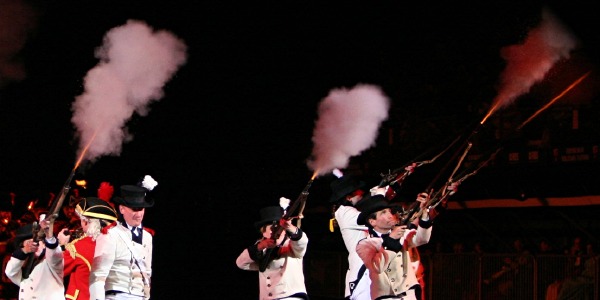
There, that’s more like it. So what goes into getting a shot like this? Let’s break it down into all of the actions by everyone involved.
| Infantryman | Photographer |
|---|---|
| Process command to fire | Decide to take picture |
| Pull trigger | Press shutter button |
| Mechanical action of musket | Electrical and mechanical action of camera |
| Chemical action of charge | Electrical action of sensor |
Other than some differences in the inner workings of the devices involved, these are very similar processes. The actions in the camera are likely to be a bit faster than the actions in the musket (mostly electrical impulses plus mechanical movements of the shutter button, mirror, and shutter vs. larger levers and springs), but the human element is essentially the same. When you look at it that way, it makes sense to use the same command to initiate both actions, with a slight delay added as necessary. The trick then is to take the picture not when the musket fires, but when the order to fire is given. It looks so obvious when you write it out like that.
Back to baseball, it’s essentially the same situation only with a batter instead of an infantryman and a bat instead of a musket. So that means that the trick should be to use the same cue that the batter uses to time his swing. Which is, um, complicated. As it just so happens, last week’s issue of Sports Illustrated had an article about how batters know when and where to swing (“Why Pujols Can’t Hit Jennie Finch,” Sports Illustrated, 29 July 2013). My free 28-issue subscription ended a couple of weeks ago, so there’s no way I read it in the issue that showed up in my mailbox on Friday. I guess 30 is the new 28. Anyway, it’s a good read and helps make sense of what is going on here.
As the SI article points out, it takes about 200ms for the brain to take an input, process it, and respond with an action. By our calculations, that’s almost half the total time the ball is in the air. That means that the decision of whether to swing, when to swing, and how to swing must be made very soon after the ball leaves the pitcher’s hand. How do batters do it? By reading the pitching motion, release point, initial trajectory, and ball movement using a largely unconscious mental inventory of past experience. Since I don’t have this experience, don’t have the right view of the pitcher, and can’t be watching the pitcher and batter at the same time, I need another way to get the batter’s cue. Guess I’ll have to go to the source.
It all comes back to the batter, but well in advance of the swing. Except for when a batter is lazy, caught off guard, or simply inexperienced, he’ll make a go/no go decision during every pitch. Even if the actual decision is made before the pitch, it makes sense to maintain the same process for the sake of consistency and to avoid giving away strategy. After all, the decision process is reflected in a batter’s movements and can be picked up by anyone watching, including the catcher or anyone in the opposing team’s dugout. Or a photographer.
So really this was just a long way of saying “press the button when the batter moves.” There’s a little more to it than that, mainly just some fine tuning and hoping that the batter has a good read on the ball and you have a good read on the batter. When everyone’s dialed in just right, you get shots like the one above. The rest of the time, you’re left trying to figure out what went wrong and hoping you can fix it before the next pitch. For that, it helps to understand why things work the way they do.
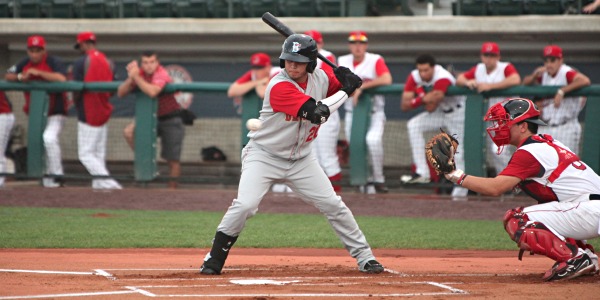
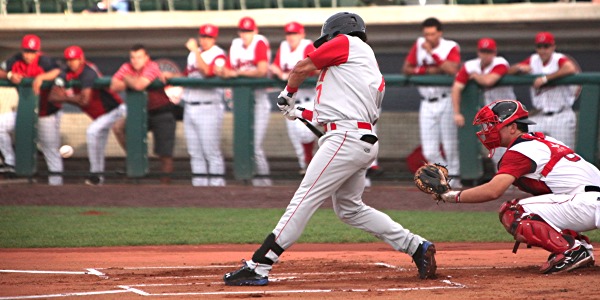
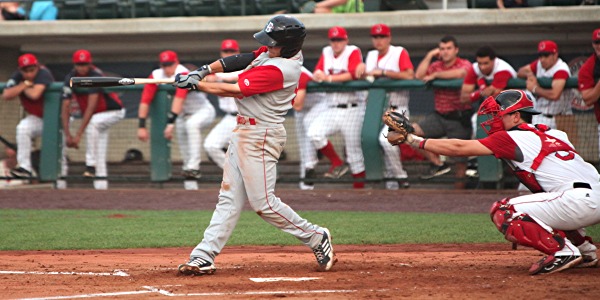
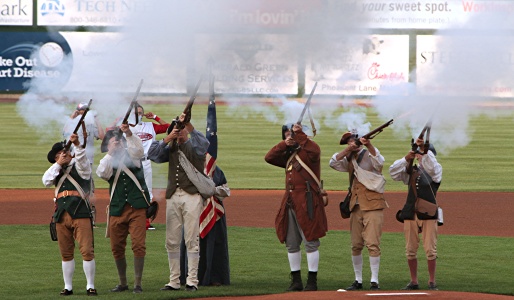
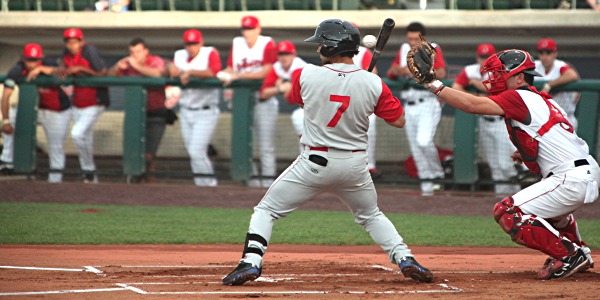
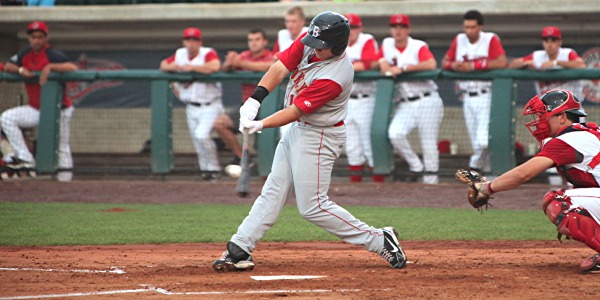
Comments are closed.